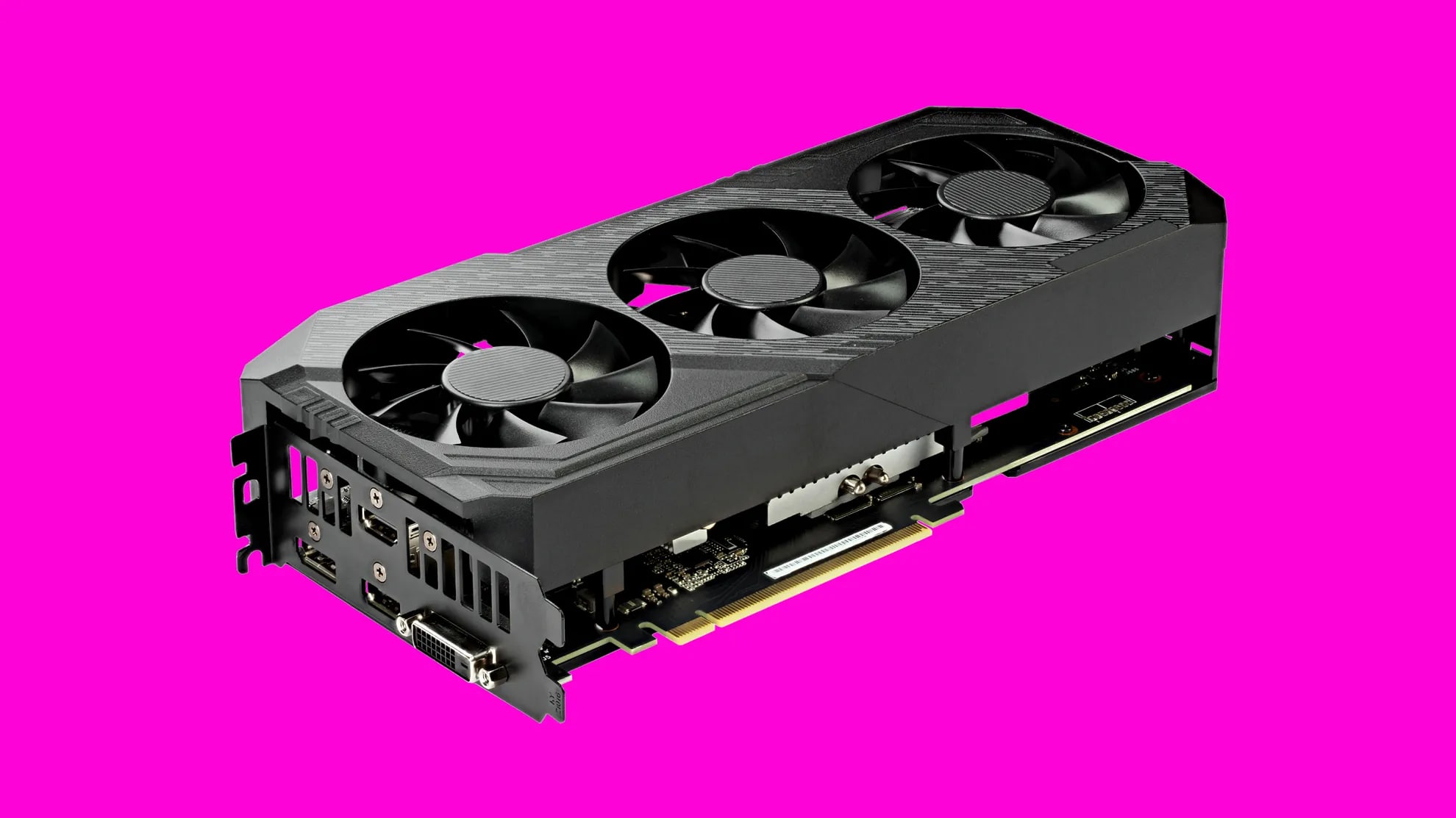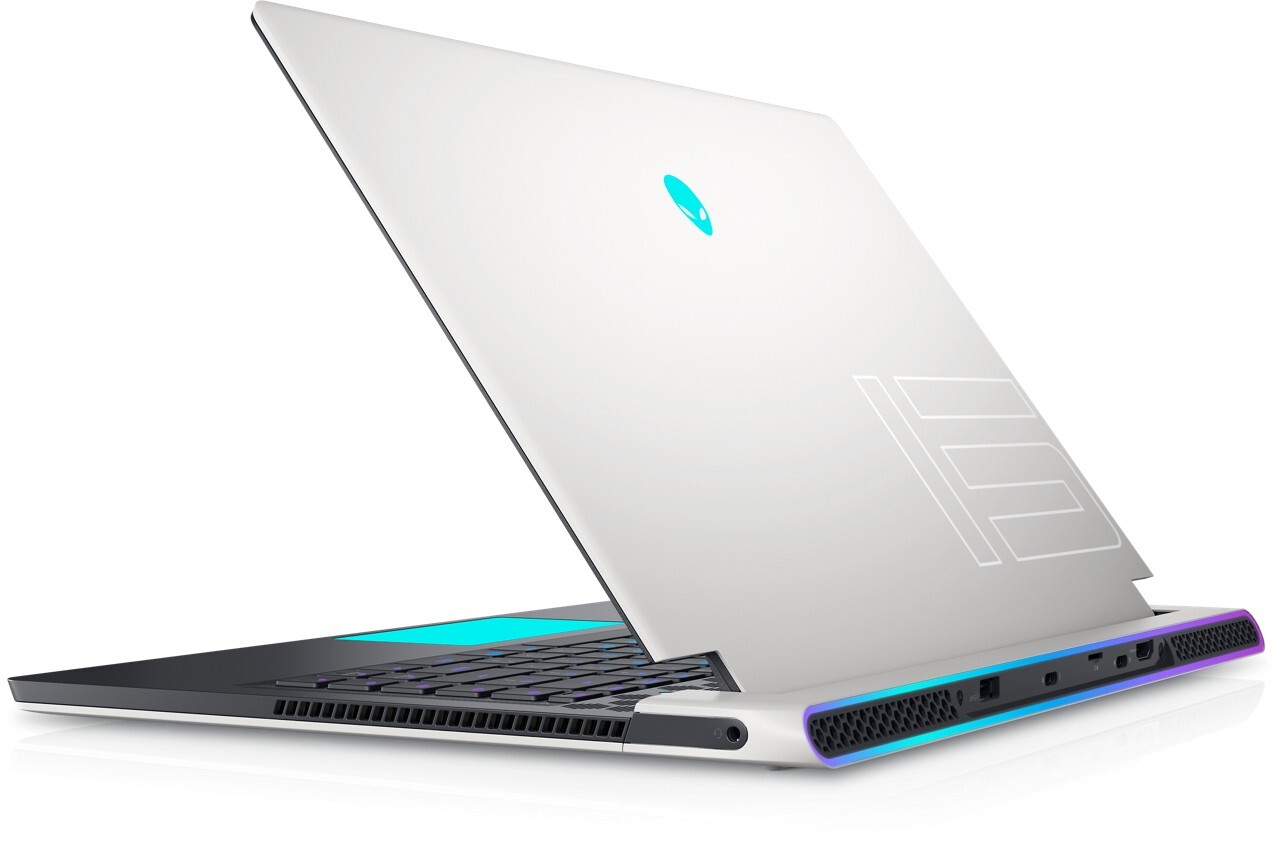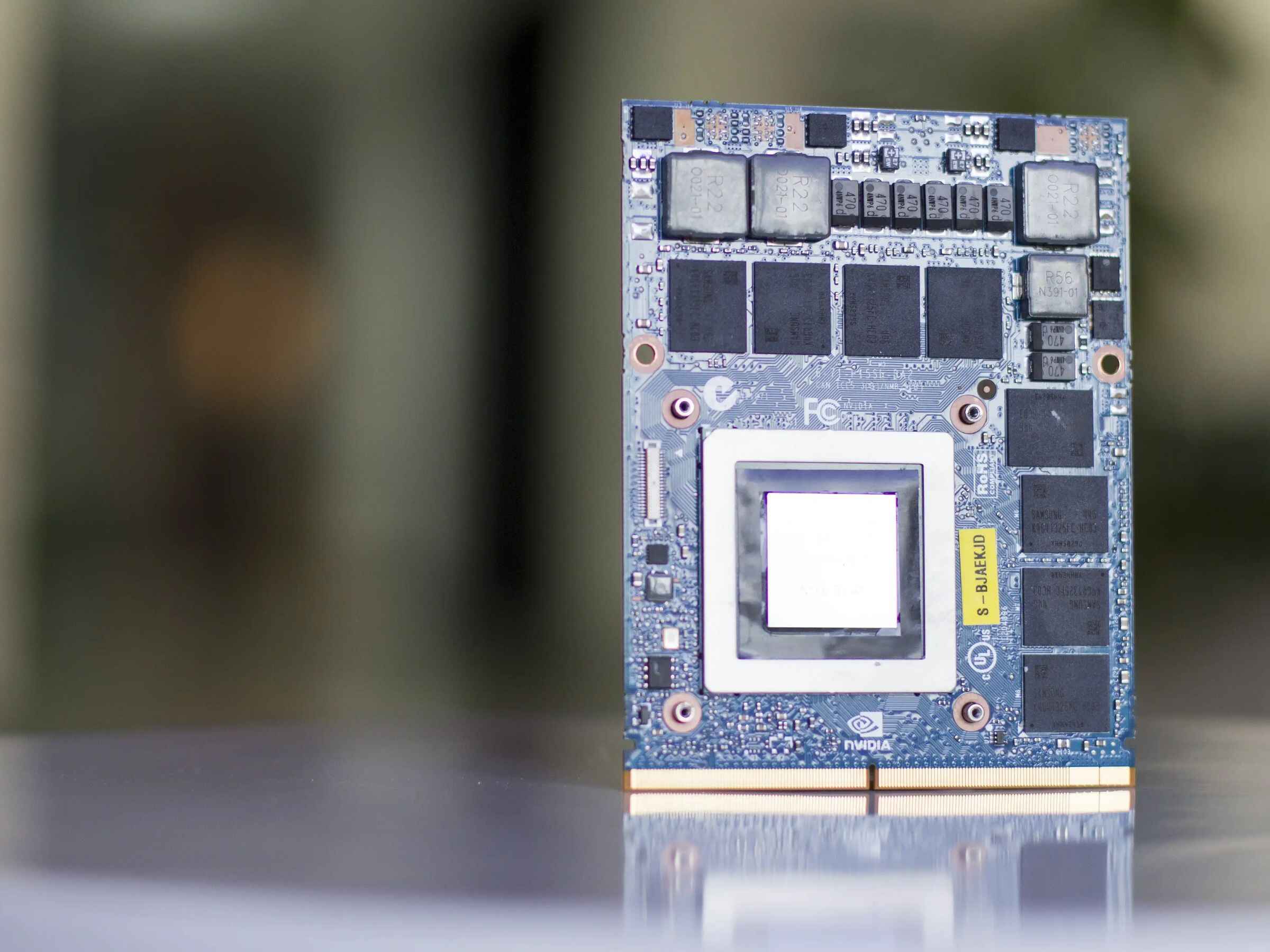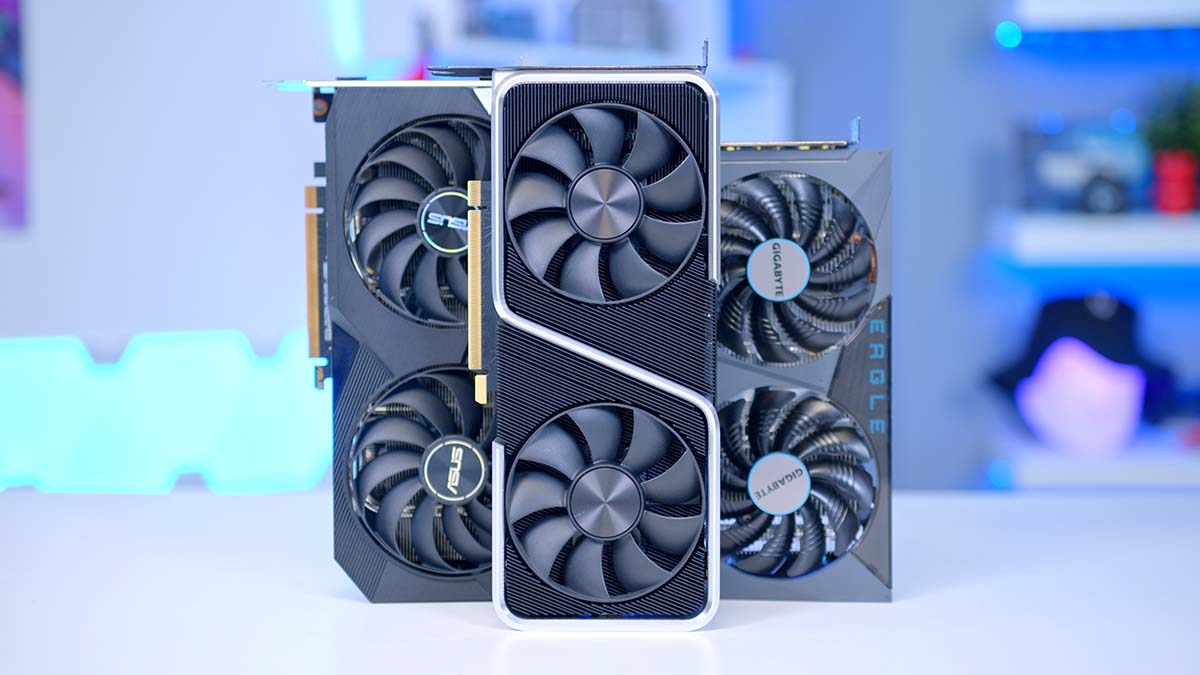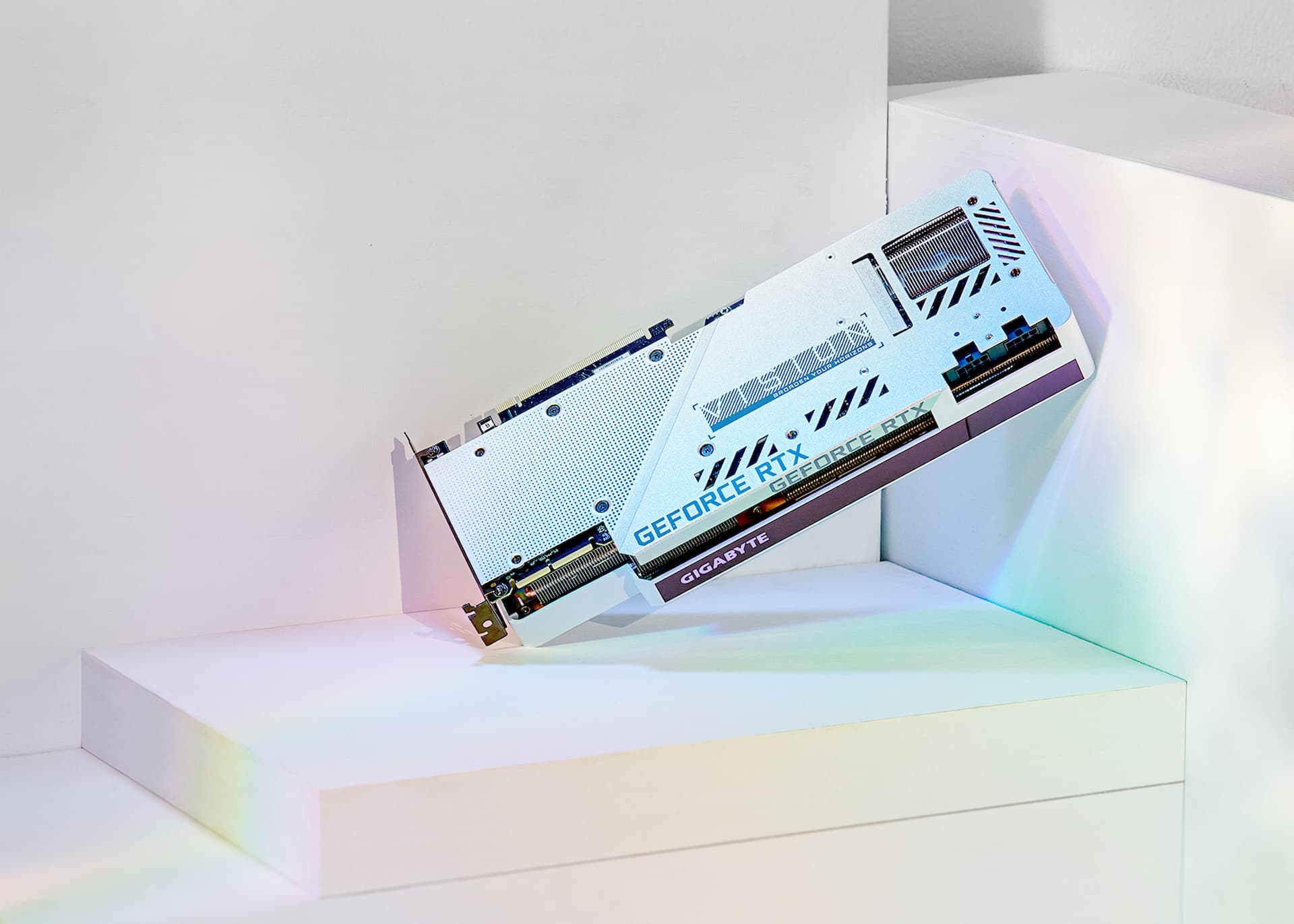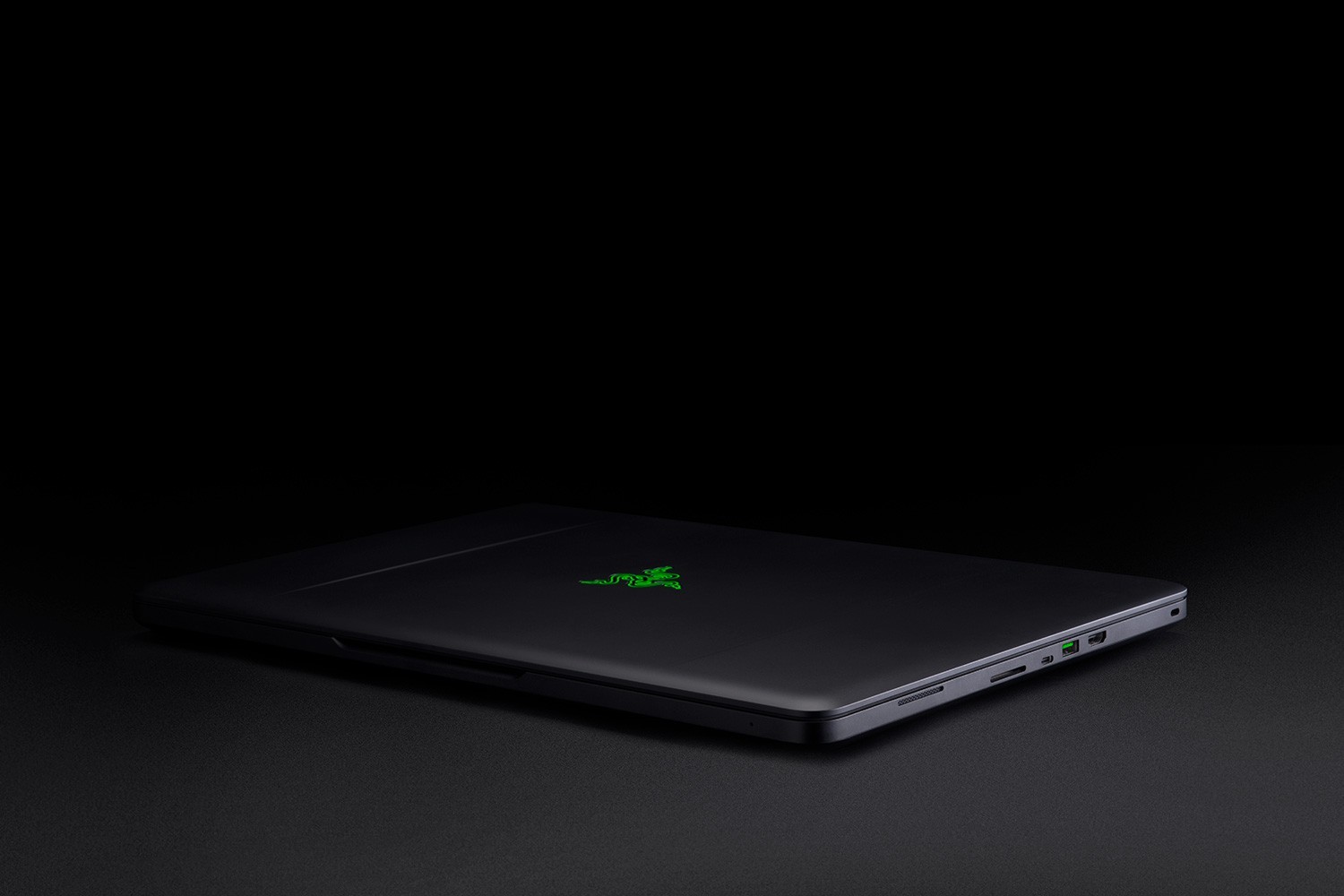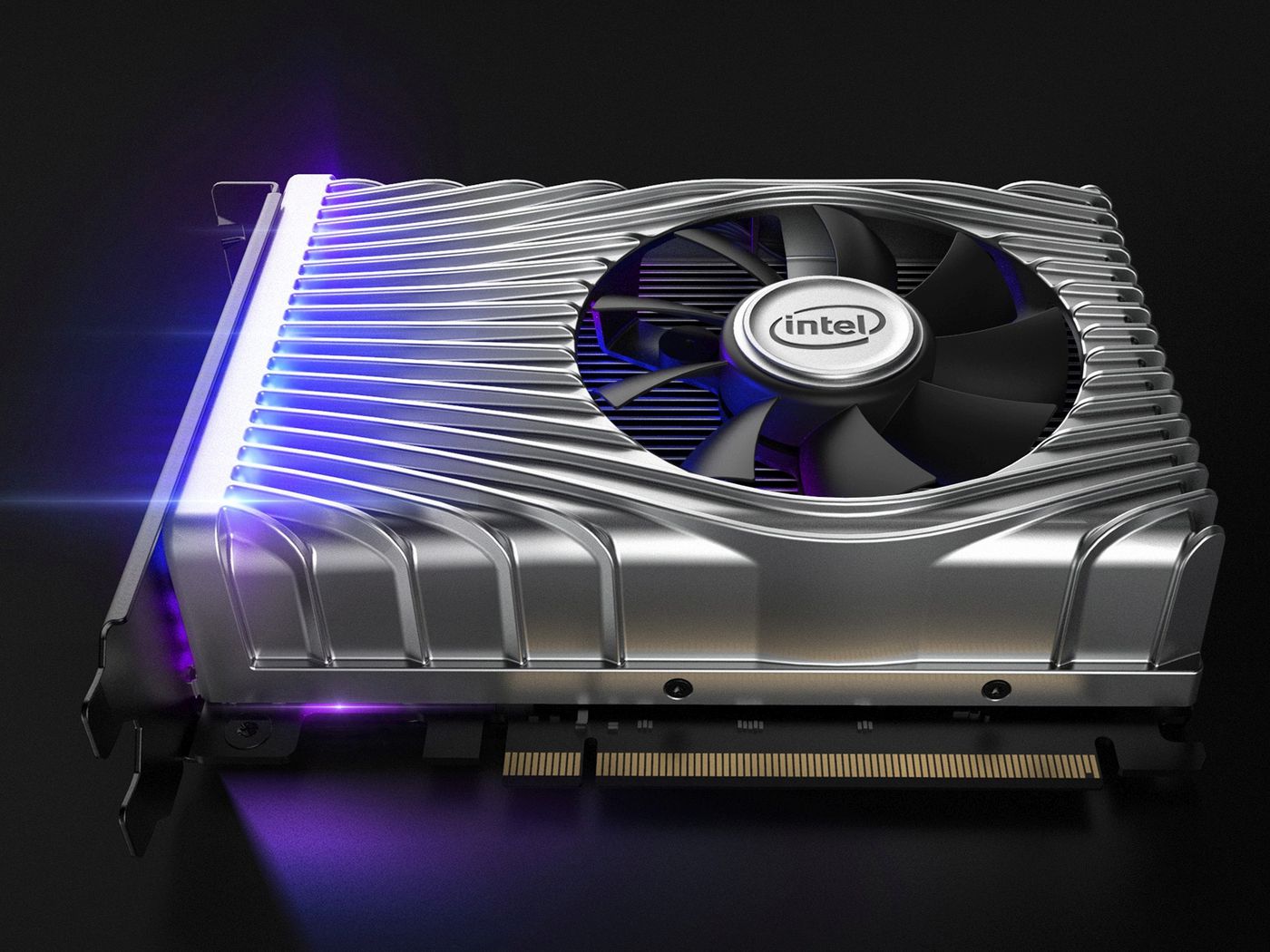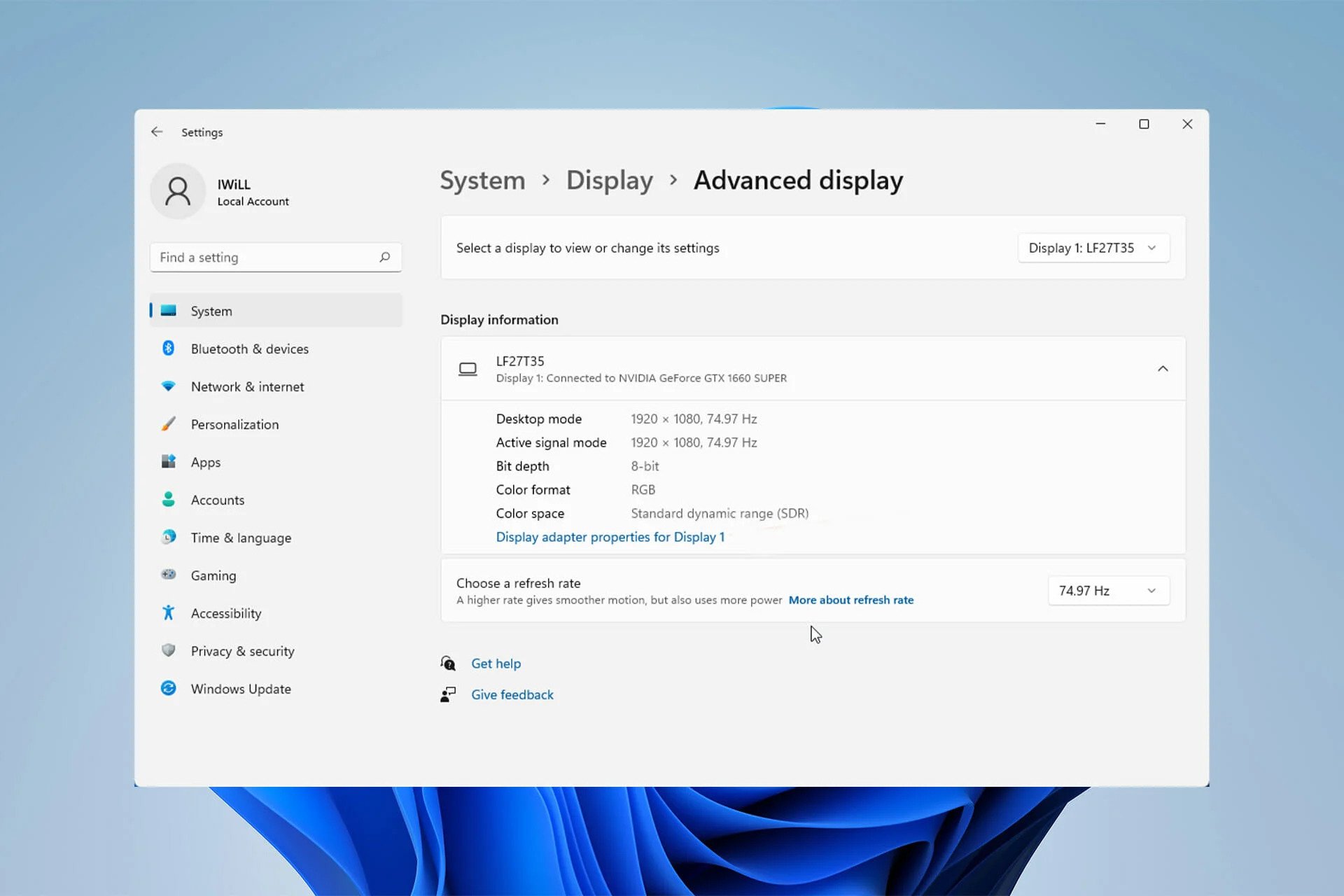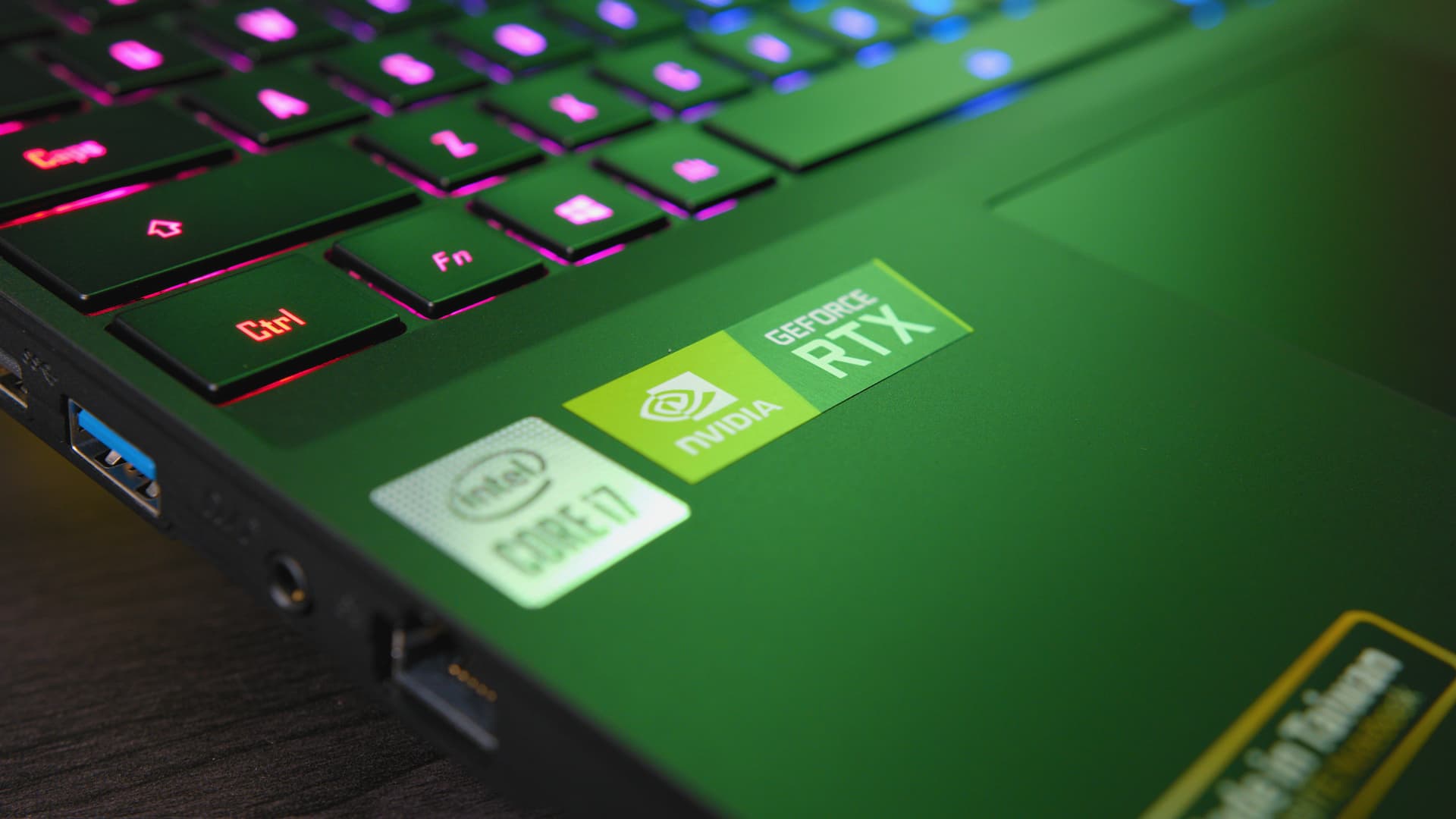Introduction
Upgrading your graphics card is a decision that many gamers and computer enthusiasts inevitably face. As technology advances rapidly, graphics card manufacturers are constantly pushing the boundaries to deliver more powerful and immersive gaming experiences. However, deciding the right time to upgrade can be a daunting task.
Graphics cards play a crucial role in rendering and displaying images, videos, and games on your computer screen. They are responsible for processing complex graphical data and delivering smooth and realistic visuals. As games become more demanding and newer software applications require enhanced graphics capabilities, the need for a faster and more efficient graphics card arises.
This article aims to guide you through the factors to consider when deciding whether it’s time to upgrade your graphics card. By understanding these key aspects, you will be better equipped to make an informed decision that maximizes your gaming experience and ensures compatibility with the latest technologies.
Throughout this article, we will explore various factors to consider, such as performance issues, compatibility concerns, future-proofing, game requirements, and cost-effectiveness. By examining each of these factors in detail, you will gain a comprehensive understanding of when the best time is to upgrade your graphics card.
Factors to Consider
When deciding whether it’s time to upgrade your graphics card, there are several factors that you should take into consideration. These factors will help you assess the need for an upgrade and determine if it’s worth the investment. Let’s delve into each of these factors:
- Performance Issues: One of the main reasons to consider a graphics card upgrade is if you are experiencing performance issues. If your games are running slowly, you’re encountering frame rate drops, or you’re unable to play the latest titles at desirable settings, it may be a sign that your current graphics card is struggling to keep up with the demands of modern games.
- Compatibility Concerns: Another factor to consider is compatibility. As new graphics cards are released, they come with updated hardware and software requirements. If your current system doesn’t meet these requirements, it could hinder the overall performance of the new graphics card. So, it’s important to ensure that your motherboard, power supply, and other system components are compatible with the graphics card you intend to upgrade to.
- Future-Proofing: Technology is constantly evolving, and this includes graphics card technology. If you want to future-proof your system and ensure it remains capable of running the latest games and applications for an extended period, upgrading your graphics card can be a wise investment. Look for graphics cards that support advanced features like ray tracing and DLSS to stay ahead of the curve and enjoy the best visual experiences available.
- Game Requirements: Consider the system requirements of the games you typically play or plan to play in the near future. Check if your current graphics card meets or exceeds the recommended specifications. If it falls short or just barely meets the requirements, upgrading to a more powerful graphics card will not only ensure smooth gameplay but also enable you to turn up the graphics settings for a visually stunning experience.
- Cost-Effectiveness: Finally, consider the cost-effectiveness of upgrading your graphics card. Assess whether the performance boost you’ll get from upgrading justifies the cost. Consider the performance gains in relation to the price of the new graphics card. If the upgrade provides a significant improvement in gaming experience without breaking the bank, it might be the right time to make the leap.
By taking these factors into account, you can make an informed decision about whether it’s the right time to upgrade your graphics card. Next, we will explore specific scenarios and indicators that can help you determine when to proceed with the upgrade.
Performance Issues
One of the primary factors that should prompt you to consider upgrading your graphics card is experiencing performance issues. If you find that your games are running sluggishly, encountering frequent frame rate drops, or struggling to maintain smooth gameplay, it’s a clear sign that your current graphics card may be struggling to keep up with the demands of modern games.
As games become more graphically advanced and immersive, they require more processing power from your graphics card. If your current card is several years old or falls in the mid to lower range of performance, it may struggle to handle the latest games at higher settings. This can result in choppy gameplay, stuttering, and a lackluster overall gaming experience.
Performance issues can be particularly noticeable if you’re trying to play games at higher resolutions, such as 1440p or 4K. These higher resolutions require more computational power, and if your graphics card isn’t up to the task, you may find yourself compromising on visual fidelity or struggling to maintain playable frame rates.
Additionally, if you engage in activities like video editing, 3D rendering, or graphic design, a graphics card upgrade can significantly improve your overall workflow and productivity. These types of tasks heavily rely on graphics processing power, and a more capable graphics card can drastically reduce rendering times and enhance the overall efficiency of these tasks.
When evaluating your graphics card’s performance, it’s essential to monitor factors such as average frame rates, frame time stability, and GPU utilization during gameplay. Various benchmarking tools and software can help you analyze these metrics and provide insights into whether your graphics card is the bottleneck in your system’s performance.
To summarize, if you’re experiencing sluggish gameplay, frame rate drops, or your current graphics card is struggling to handle the demands of modern games, it’s a strong indication that upgrading your graphics card would greatly enhance your gaming experience and improve overall performance.
Compatibility Issues
Compatibility is a crucial factor to consider when contemplating a graphics card upgrade. With new graphics cards being introduced regularly, it’s important to ensure that your current system components are compatible with the graphics card you intend to upgrade to.
One essential component to check is your motherboard. Graphics cards use different interfaces, such as PCI Express (PCIe) slots, to connect to the motherboard. Ensure that your motherboard has an available slot that supports the same version of PCIe as the graphics card you plan to upgrade to. For example, if the graphics card requires a PCIe 4.0 slot, make sure your motherboard supports PCIe 4.0.
Another important consideration is power supply compatibility. More powerful graphics cards often require more power to operate efficiently. Check the recommended power supply wattage for the graphics card you want to upgrade to and compare it with your current power supply’s capacity. If the new card surpasses your power supply’s capabilities, you may need to upgrade your power supply to ensure stable operation.
Physical space within your computer case is another compatibility factor to keep in mind. Some graphics cards can be quite large, and if your case doesn’t have enough room to accommodate the new card, it may not fit. Measure the available space inside your case, taking into account any additional components like fans or radiators, and compare it with the length and width specifications of the graphics card you plan to purchase.
Compatibility with your operating system is also crucial. Ensure that the graphics card you intend to upgrade to has drivers that are compatible with your operating system. This information can typically be found on the manufacturer’s website or in the graphics card’s specifications.
Lastly, consider your monitor’s compatibility. Graphics cards offer various display connectors, such as HDMI, DisplayPort, and DVI. Ensure that the graphics card you choose has the appropriate connectors to match your monitor’s input ports. Additionally, check your monitor’s maximum supported resolution and refresh rate to ensure compatibility with the new graphics card.
By thoroughly considering these compatibility factors, you can avoid potential headaches and ensure a smooth transition when upgrading your graphics card.
Future-Proofing
When considering a graphics card upgrade, future-proofing is an important factor to take into account. Technology is constantly evolving, and graphics cards are no exception. Investing in a more powerful and advanced graphics card can help ensure that your system remains capable of running the latest games and applications for an extended period.
One aspect of future-proofing is looking for graphics cards that support advanced features like ray tracing and DLSS (Deep Learning Super Sampling). Ray tracing technology enhances the realism of lighting and reflections in games, providing more immersive and visually stunning experiences. DLSS, on the other hand, utilizes Artificial Intelligence to upscale lower-resolution images to higher resolutions, resulting in improved image quality and performance.
By choosing a graphics card with support for these advanced features, you can stay ahead of the curve and enjoy the best visual experiences that upcoming games and software will offer. This can significantly enhance your gaming and multimedia endeavors, providing a more enjoyable and immersive experience.
Another aspect of future-proofing is considering the VR (Virtual Reality) capabilities of your graphics card. Virtual reality is becoming increasingly popular in gaming, and it requires a graphics card that can meet the demanding requirements of rendering two separate high-resolution images in real-time. Investing in a graphics card with ample power and VR optimization can ensure that you’ll be able to enjoy the latest VR games and experiences without compromising on performance.
Furthermore, as game developers continue to push the boundaries of graphics and hardware requirements increase, having a more powerful graphics card can give you peace of mind knowing that your system can handle the demands of future game releases. While it may not be possible to completely future-proof your system, upgrading your graphics card to a higher-tier model can extend its lifespan and ensure that you can enjoy new and graphically demanding games for years to come.
However, it’s important to note that technology advances at a rapid pace, and there will always be newer and more powerful graphics cards in the market. Future-proofing is ultimately a balance between investing in the best available technology now and being aware of the constantly evolving landscape of graphics card technology.
By considering future-proofing when deciding to upgrade your graphics card, you can make a decision that allows for longevity and ensures that your system remains capable of handling the demands of future gaming and multimedia experiences.
Game Requirements
When considering whether to upgrade your graphics card, it’s important to assess the system requirements of the games you typically play or plan to play in the near future. Different games have varying graphical demands, and your current graphics card may not meet the recommended specifications for optimal gameplay.
Modern games are becoming more graphically demanding, with developers pushing the boundaries of visual effects and details. To fully immerse yourself in these games and enjoy them at their fullest potential, a capable graphics card is essential. Review the recommended system requirements for the games you’re interested in playing and compare them with the specifications of your current graphics card.
If your current card falls below the recommended requirements, you may experience subpar performance, lower image quality settings, or even limitations on certain graphical features. Upgrading to a more powerful graphics card will enable you to meet or exceed the recommended specifications, ensuring smooth gameplay and allowing you to enjoy games the way they were intended to be experienced.
Furthermore, upgrading your graphics card can also enhance the visual quality of games. If you find yourself having to lower graphics settings to achieve a decent frame rate, upgrading to a more powerful card can allow you to increase the graphical settings, resulting in improved image quality, sharper textures, better lighting effects, and smoother gameplay.
Consider the types of games you play as well. Certain genres, such as open-world games or graphically intensive titles, may require more GPU power to run smoothly. Additionally, if you are a content creator or streamer, upgrading your graphics card can greatly improve your ability to capture high-quality gameplay footage or stream at higher resolutions and frame rates.
Ultimately, the decision to upgrade your graphics card based on game requirements depends on your gaming preferences and the specific titles you enjoy. If you frequently play graphically demanding games that strain your current graphics card, or if you want to fully experience the latest releases with high visual fidelity, it may be time to consider an upgrade.
Cost-Effectiveness
When contemplating a graphics card upgrade, it’s important to consider the cost-effectiveness of the investment. Upgrading your graphics card can be a significant expense, so it’s crucial to assess whether the performance boost and additional features justify the cost.
First, consider the performance gains that the new graphics card will provide. Research benchmarks and reviews to understand how much of a performance improvement you can expect compared to your current card. If the upgrade will significantly enhance your gaming experience by allowing you to play games at higher settings, achieve smoother frame rates, or enjoy new graphical features, it may justify the cost.
Next, weigh the cost of the upgrade against the potential lifespan of the new graphics card. Consider how long you plan to keep your computer before upgrading again and whether the new card fits within that timeframe. If the graphics card you’re considering has a higher chance of remaining relevant and capable of running newer games for a longer period, it can be deemed more cost-effective in the long run.
Furthermore, take into account the overall cost of the upgrade, including any necessary additional components. Some new graphics cards may require a higher wattage power supply or specific connectors that your current system may not have. If you need to invest in additional components to make the new graphics card compatible, factor in those costs as well.
Consider the cost difference between mid-range and high-end graphics cards. While high-end cards may provide top-tier performance, they often come with a significant price premium. Mid-range cards, on the other hand, offer a more balanced performance-to-cost ratio. Assess your budget and gaming needs to determine the most cost-effective option for you.
Lastly, consider the value you place on graphics quality and gaming experience. If playing games at ultra-settings with the latest visual features is a top priority for you, investing in a higher-end graphics card may be worth it. However, if you’re more focused on achieving a smooth and enjoyable gaming experience without necessarily maximizing graphical fidelity, a mid-range card may offer better cost-effectiveness.
In summary, cost-effectiveness in a graphics card upgrade is a balance between the performance improvements it provides, its anticipated lifespan, and the overall cost of the upgrade. Evaluating your gaming needs, budget, and expected longevity of the new card will help you make a wise and cost-effective decision.
When to Upgrade
Determining the perfect time to upgrade your graphics card can be a subjective decision based on several factors we have discussed. While the specific timing will vary depending on individual circumstances, we can provide some indicators that can help you determine when it’s a good time to proceed with the upgrade.
One key indicator is the performance of your current graphics card. If you’re experiencing significant performance issues such as low frame rates, frequent stuttering, or inability to run modern games at desired settings, upgrading your graphics card can greatly enhance your gaming experience.
Additionally, if you find that your current graphics card falls below the recommended system requirements of the games you want to play, it may be time to consider an upgrade. Upgrading will ensure that you can enjoy games without compromising on performance or graphical fidelity.
Consider the age of your current graphics card as well. As newer graphics cards are released, the technology and performance improve significantly. If your card is several years old and you’re seeking a noticeable performance boost and access to the latest graphical features, upgrading to a newer model can be beneficial.
Take into account future-proofing as well. If you want your system to remain capable of running the latest games and applications for an extended period, upgrading to a more powerful and advanced graphics card can help extend its lifespan.
Cost-effectiveness is another factor to consider when determining when to upgrade. Assess the performance gains, expected lifespan of the new graphics card, and overall cost of the upgrade. If the benefits outweigh the expenses and fit within your budget, it may be the right time to proceed with the upgrade.
Lastly, consider any upcoming game releases or software updates that you are eagerly anticipating. If you know that these new releases will push the graphical boundaries and your current graphics card may struggle to cope, it can be a strong motivation to upgrade before their launch.
In summary, when to upgrade your graphics card depends on the performance of your current card, its compatibility with new games, its age, the desire to future-proof your system, cost-effectiveness, and upcoming releases. Evaluating these factors and finding the right balance will help you determine the ideal timing to upgrade your graphics card.
Conclusion
Deciding when to upgrade your graphics card is a complex decision that depends on several factors. By carefully considering these factors, you can make an informed decision that maximizes your gaming experience and ensures compatibility with the latest technologies.
We explored various factors such as performance issues, compatibility concerns, future-proofing, game requirements, and cost-effectiveness. Performance issues, such as sluggish gameplay and frame rate drops, indicate a potential need for an upgrade. Compatibility concerns, including motherboard compatibility and power supply requirements, should also be taken into account to ensure a smooth transition.
Future-proofing is an important consideration, as investing in a more powerful graphics card can help ensure that your system remains capable of running the latest games and applications for an extended period. Checking game requirements and evaluating whether your current graphics card meets the recommended specifications can help you determine whether an upgrade is needed.
Cost-effectiveness plays a vital role as well, with the performance gains and longevity of the new graphics card weighing against the overall cost. By considering all these factors together, you can make a decision that aligns with your gaming preferences, budget, and expectations.
Ultimately, there is no one-size-fits-all answer for when to upgrade your graphics card. The perfect timing will depend on your individual circumstances and priorities. By analyzing your specific needs, evaluating your current graphics card’s performance, and considering the compatibility and cost factors, you can make a well-informed decision and enjoy an enhanced gaming experience with an upgraded graphics card.







